Of some famous places in Nepal. But before jumping to the main point, let us have a warm-up session of what altitude is and what can you determine the altitude.
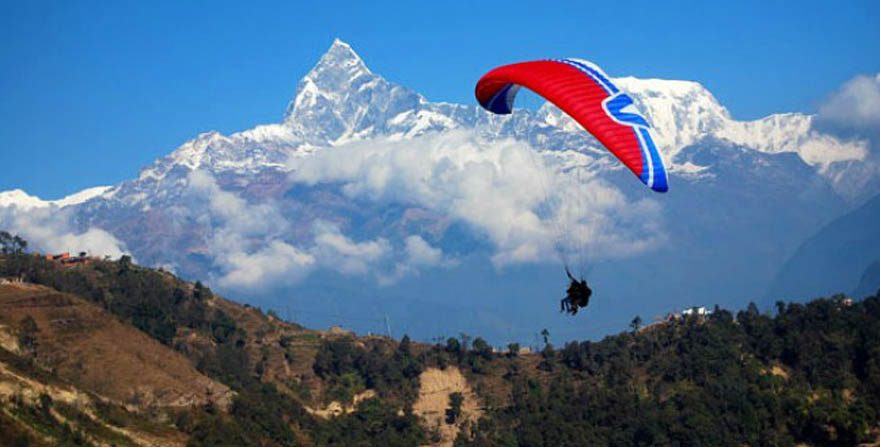
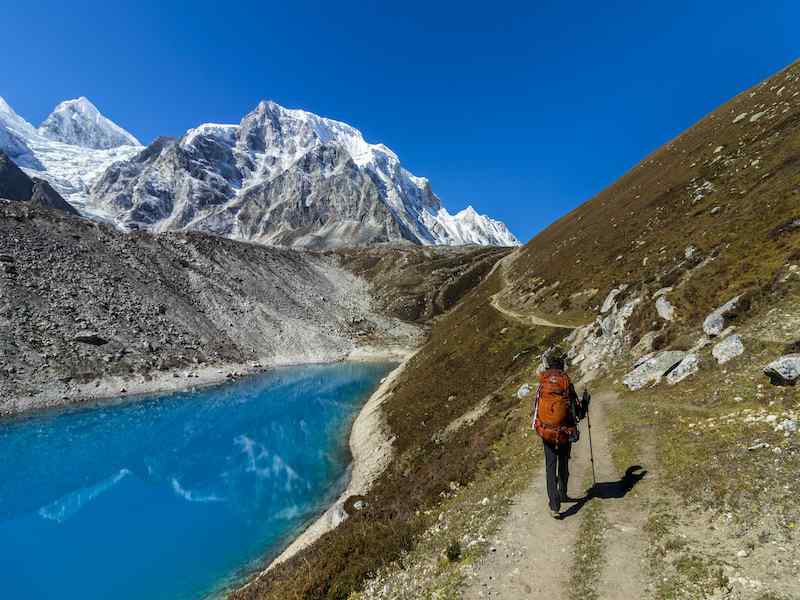
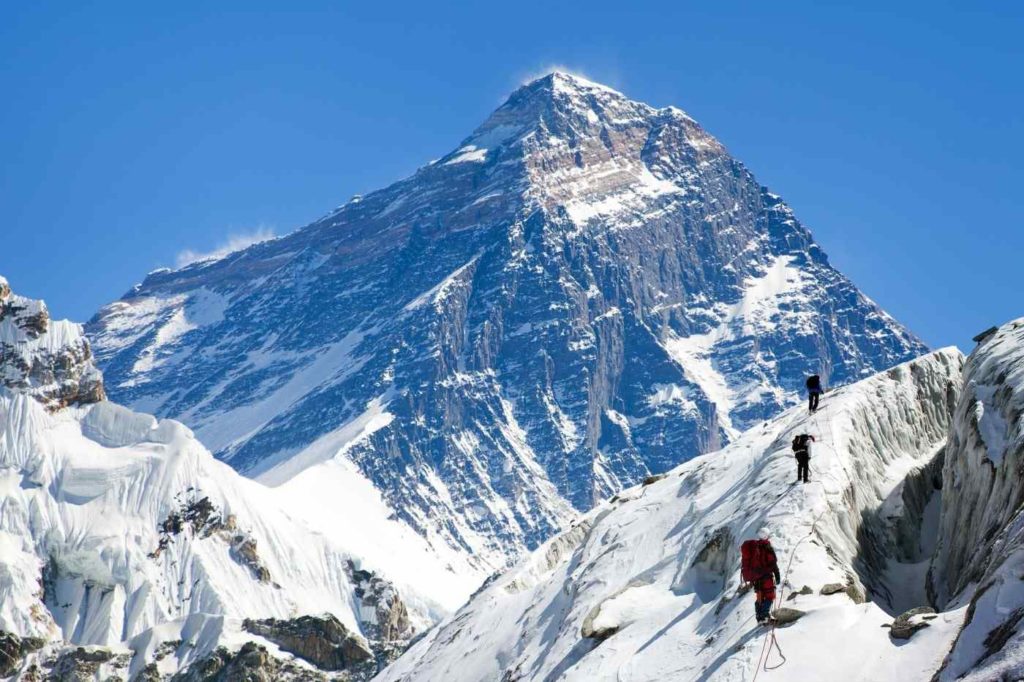
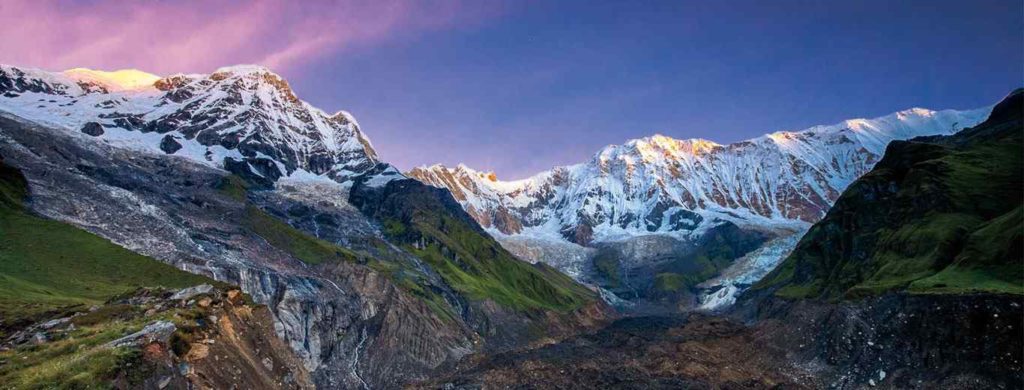
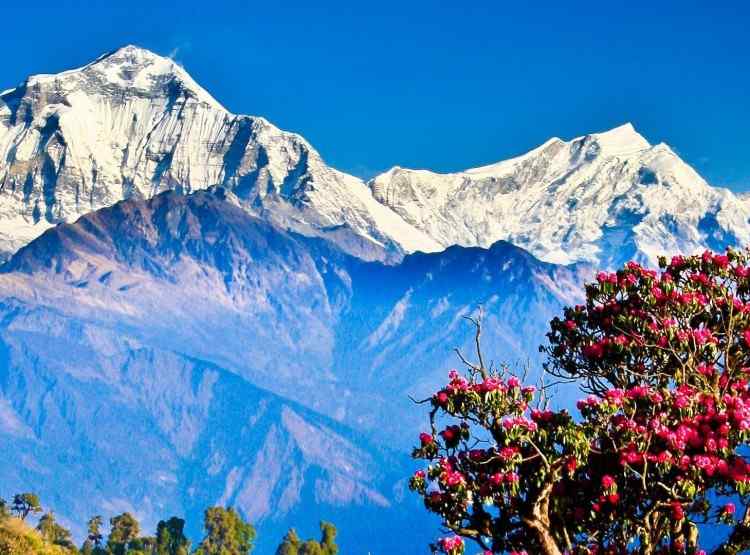
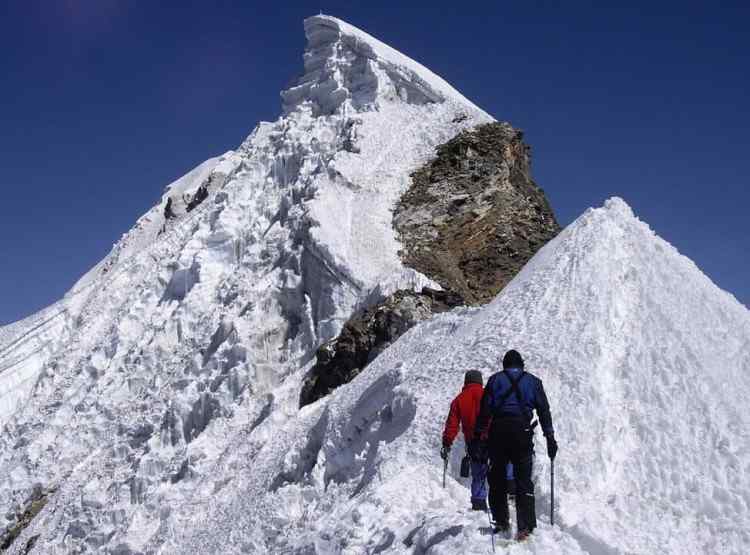
Altitude is actually determined by the level from the sea or level from the sea level. For example, You maybe 50 feet above the ground but your altitude above sea level would be 150 feet.
Now wrapping the sneak peek info. Talking about Nepal, our country is a landlocked country located in South Asia with China in the north and India in the south, east and west. It occupies 147,181 sq. km of land and lies between coordinates approximately 28°N and 84°E. For a small country like Nepal, it has tremendous geographic diversity.
Glance of Altitude information of Nepal on the highest and lowest point, the highest point is Mt. Everest situated at 8,848 m while the lowest point is in the Tarai plains of Kechana Kalan in Jhapa 60 m.
Nepal’s latitude is about the same as that of the United States state of Florida, however with elevations ranging from less than 100 meters (300 ft) to over 8,000 meters (26,000 ft) and precipitation from 160 millimeters (6 in) to over 5,000 millimeters (16 ft) the country has eight climate zones from tropical to perpetual snow.
The tropical zone below 1,000 meters (3,300 ft) experiences frost less than once per decade. It can be subdivided into lower tropical (below 300 meters or 1,000 ft.) with 18% of the nation’s land area) and upper (18% of land area) tropical zones. The best mangoes and well as papaya and banana are largely confined to the lower zone. Other fruit such as litchee, jackfruit, citrus and mangoes of lower quality grow in the upper tropical zone as well. Winter crops include grains and vegetables typically grown in temperate climates. The Outer Terai is virtually all in the lower tropical zone. Inner Terai valleys span both tropical zones.
The subtropical climate zone from 1,000 to 2,000 meters (3,300 to 6,600 ft) occupies 22% of Nepal’s land area and is the most prevalent climate of the Middle Hills above river valleys. It experiences frost up to 53 days per year, however, this varies greatly with elevation, proximity to high mountains and terrain either draining or ponding cold air drainage. Crops include rice, maize, millet, wheat, potato, stone fruits and citrus.
The great majority of Nepal’s population occupies the tropical and subtropical climate zones. In the Middle Hills, “upper-caste” Hindus are concentrated in tropical valleys which are well suited for rice cultivation while Janajati ethnic groups mostly live above in the subtropical zone and grow other grains more than rice.
The Temperate climate zone from 2,000 to 3,000 meters (6,600 to 9,800 ft) occupies 12% of Nepal’s land area and has up to 153 annual days of frost. It is encountered in higher parts of the Middle Hills and throughout much of the Mountain region. Crops include cold-tolerant rice, maize, wheat, barley, potato, apple, walnut, peach, various Cole, Amaranthus and buckwheat.
Altitude sickness can be explained as the negative health effect of high altitude. It is caused by exposure to low amounts of oxygen at high elevation. Symptoms of Altitude sickness may include headaches, vomiting, tiredness, trouble sleeping, shortness of breath and dizziness, etc.
Make sure to go through other details listed on our website, Best travel season, Visa information...